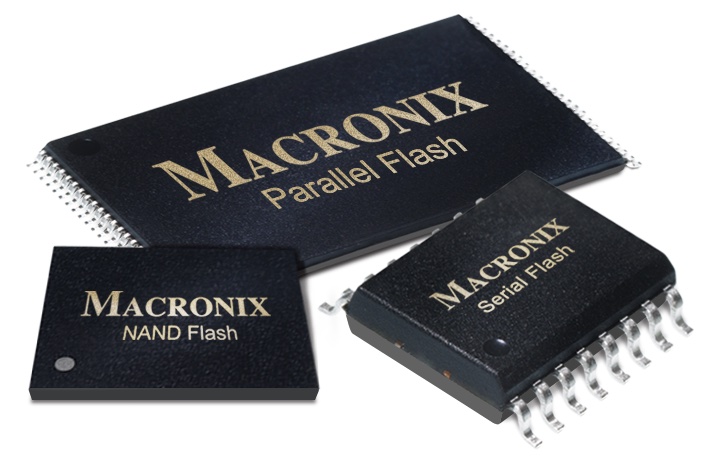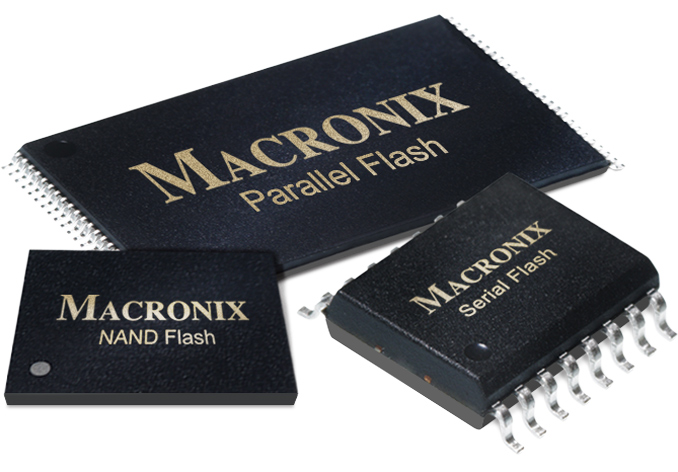Regarding the
cost of 32 GB carts, I did a quick exercise trying to check how much could they cost with a few facts and other assumed data, based on the
known 32 GB carts games published by Limited Run Games:
Game | Cart cost | Game licence (Publisher | Nintendo) | Other costs | LRG price | Margin |
| $15 | | $5 | | $[0 – 6]? |
| $15 | $15 ($11.5 | $[2.25 – 4.5]) | $5 | | $[0 – 2.25]? |
| $15 | | $5 | | $[0 – 3]? |
For third parties cost, I am setting just a dollar more than what he was talking about for first party. And as Nate talked about cart cost for Nintendo, I guess he strictly means the necessary amount to produce that physical media, with that cost not accounting for Nintendo platform royalties for games. In other case, the game licence could be different. But I don't think it's the case, as that cut is always based on the game price.
Also, I am setting the Nintendo cut on a physically published game in a margin between 15% and 30%, with the maximum being what is assumed the fee on the eShop and most digital storefronts.
Other costs should include: general costs such as manufacturing and storing all the needed pieces, design needs for everything (cover, sticker, manual, cards...), the carts shipping from Japan?, and unitary costs such as the game case, cover, cart sticker, manual, and LRG numbered card in the case of Doom Eternal and KOTOR II. For Alien: Isolation, there won't be a LRG numbered card included, following a LRG policy change. I think it's a lot, but let's imagine that maximizing economies of scale, $5 could be the bare minimum for all these things.
As this has a lot of assumed data, this could be adjusted in different ways (for example, the cart sticker might be included in the cart cost). But seeing the LRG margin in other games, I am not sure if they will be producing these games for a margin that could be minimal in the case of the carts being even higher than $15.
Specially, I can see them reaching some kind of deal with Aspyr, as they have published a lot of games together, and they even now are both part of Embracer Group, so LRG could be getting some more margin by paying a reduced fee for Aspyr. You can consider that Doom Eternal could have a good LRG cut if the Nintendo fee is around 15% for physical games. But, what happens with Alien: Isolation? That one is a 2019 Nintendo Switch release, so I don't think it being physically published now when millions of 32 GB carts are being produced is a coincidence.
Nate said the info is valid as of the end of last year, and that it could be a dollar or two less now. But I think 32 GB cart cost have been reduced to around $12 for third parties in the anticipation of the release of Tears of the Kingdom.





